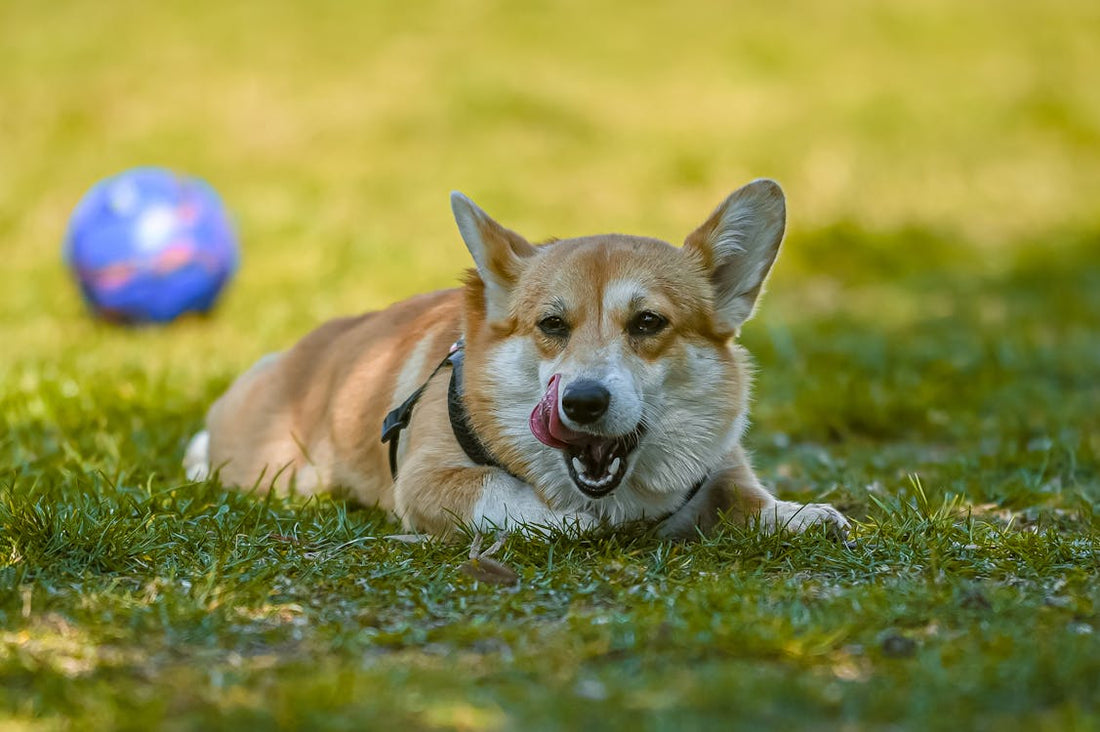Over generations of companionship, humans and dogs have cultivated a unique form of communication. However, there are moments when our furry friends exhibit behaviours that leave us questioning their intentions. Consider the common habit of dogs licking our hands or faces. Why do they do this?
Dogs, descendants of pack animals, use licking as a means of communication. From an early age, puppies learn this behaviour from their mothers, who lick them for various purposes such as cleaning and comfort. Licking serves as a powerful tool for dogs to express greetings, strengthen bonds, or show submission to dominant pack members. As dogs have adapted to living alongside humans, they extend these communication methods to us. For example, when your dog excitedly licks your face and hands upon your return home, it's their way of expressing happiness to be with you.
With no hands to explore their surroundings, dogs rely on their mouths to learn about the world. While their sense of taste may not be as refined as humans', dogs use their tongues to gather information about objects and people. When your dog licks a new person, they're simply trying to discern their identity. Additionally, dogs may lick your hands and face after exercise or handling food, possibly due to the salty and acidic elements of sweat or the lingering scent of food.
Some dogs learn that licking garners a response from their owners, whether positive attention or expressions of discomfort. This behaviour becomes a means for dogs to communicate with us, seeking interaction or affection. However, if you prefer not to be licked by your dog, simply ignoring them may not be effective, as licking itself can be rewarding for them. Instead, gently remove yourself from the situation without scolding your dog, as any attention, even negative, can reinforce the behaviour. Interestingly, it's believed that licking may help reduce stress hormones in dogs, as it mimics the comforting behaviour of their mothers when they were young.
Understanding why dogs lick us involves recognising their innate communication instincts, their curiosity about the world, and their desire for interaction and affection. By interpreting these behaviours, we can deepen our bond with our canine companions and respond to their needs with understanding and empathy.

